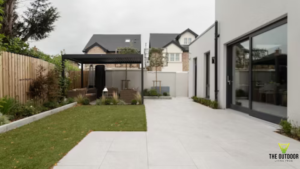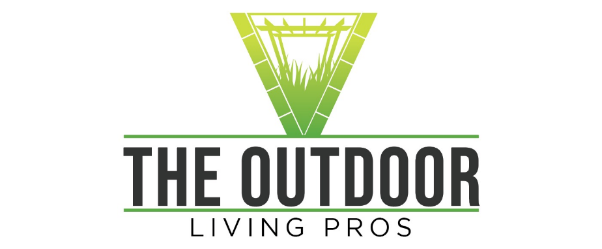Selecting the Right Turf
- Purpose: Identify the primary use of the turf (e.g., landscaping, sports fields, playgrounds, pet areas). Different applications require different types of turf.
- Quality: Look for high-quality materials with UV protection, durable backing, and realistic appearance.
- Pile Height: Choose the appropriate pile height (blade length) based on usage. For example, shorter blades for sports fields, longer for aesthetic lawns.
- Infill Material: Decide between sand, rubber, or organic infill. Each has different properties affecting cushioning, drainage, and temperature.
Pre-Installation Considerations
- Site Assessment: Evaluate the area for drainage, soil type, and existing vegetation.
- Permits and Regulations: Check local regulations and HOA rules regarding synthetic turf installation.
- Budget: Plan for both the initial cost and long-term savings. Factor in material costs, labor, and potential extras like edging or additional drainage.
Steps to Installation
- Preparation
- Clear the Area: Remove existing grass, weeds, and debris. Consider using a weed barrier fabric.
- Excavation: Excavate the area to a depth of 3-4 inches to create space for the base material.
- Edging Installation: Install edging materials to define the perimeter and secure the turf.
- Base Installation
- Base Layer: Spread a layer of crushed stone or decomposed granite. This helps with drainage and provides a stable foundation.
- Compaction: Compact the base layer using a plate compactor. Aim for a smooth, firm surface with a slight slope for drainage.
- Laying the Turf
- Roll Out Turf: Lay out the turf and allow it to acclimate. Align the grain of the turf blades in the same direction.
- Cutting: Trim the turf to fit the area using a utility knife, ensuring clean edges.
- Seaming: Join multiple pieces of turf using seam tape and adhesive. Make sure the seams are secure and invisible.
- Securing and Infill
- Secure the Edges: Use landscape stakes or turf nails to secure the turf along the edges and at intervals across the surface.
- Infill Application: Spread infill material evenly across the turf using a drop spreader. Brush the turf to help the infill settle and keep the blades upright.
- Finishing Touches
- Brushing: Use a power brush or stiff broom to evenly distribute the infill and lift the turf blades.
- Inspection: Check for any loose edges, seams, or areas needing additional infill.
Maintenance
- Regular Cleaning: Remove debris and rinse the turf periodically to keep it clean.
- Brushing: Brush the turf regularly to maintain the upright position of the blades and distribute infill.
- Weed Control: Use weed killer around the edges and seams as needed.
- Repairs: Promptly repair any damage to prevent further issues.
Cost Considerations
- Initial Cost: Installation costs vary based on the size of the area, quality of turf, and complexity of the installation.
- Long-Term Savings: Synthetic turf reduces costs associated with watering, mowing, fertilizing, and pest control.
Environmental Impact
- Water Conservation: Significant reduction in water usage compared to natural grass.
- Material Considerations: Be aware of the environmental impact of synthetic materials. Some turf options use recycled materials.
Conclusion
Synthetic turf installation can provide a durable, low-maintenance solution for a variety of applications. By carefully selecting the right type of turf, properly preparing the site, and following detailed installation steps, you can ensure a successful and long-lasting synthetic turf installation. Regular maintenance will keep your turf looking its best for years to come.
12600 S Belcher Rd Suite 106A, Largo, FL 33773, USA
(888) 297-6972


Recent Comments